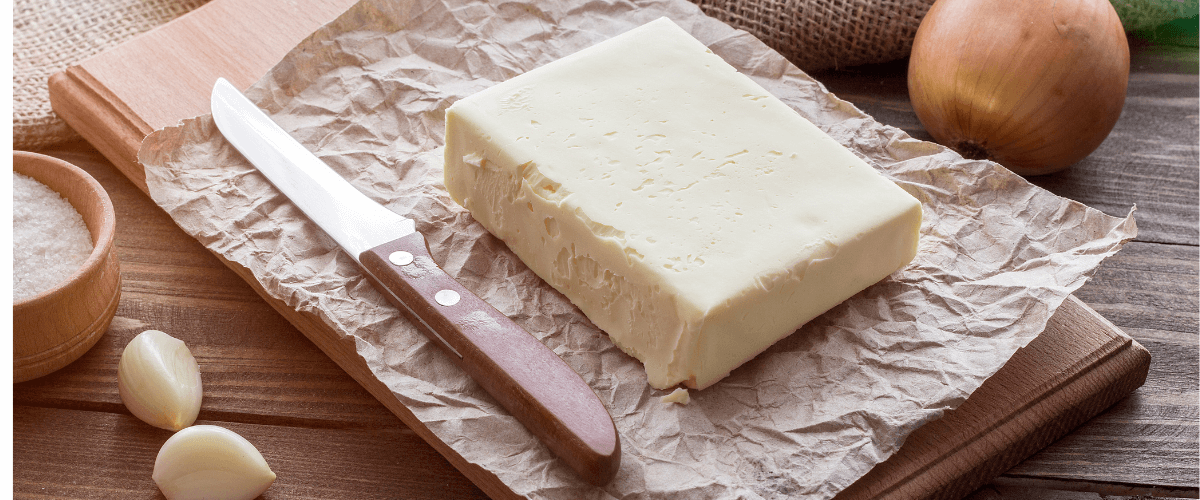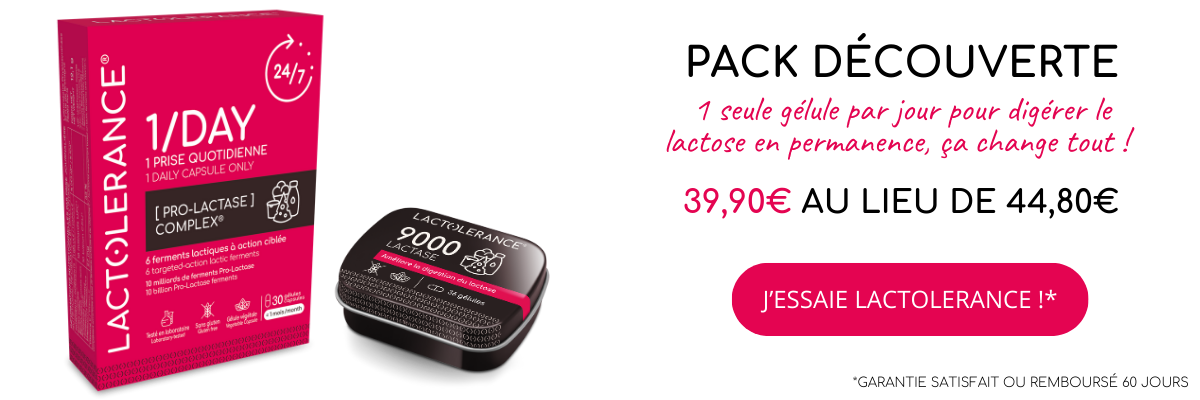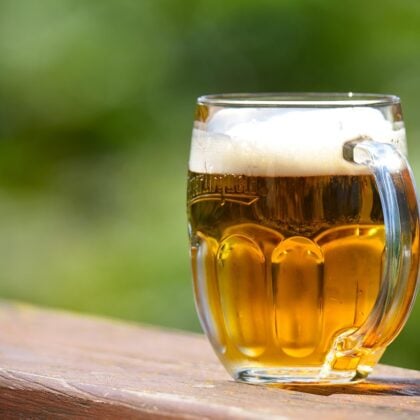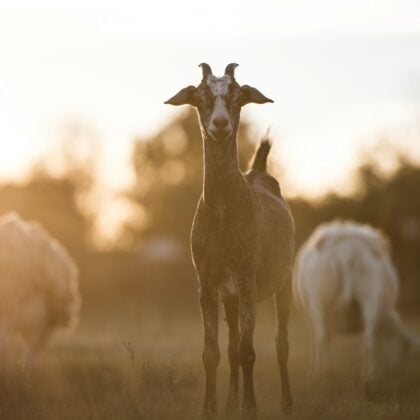
"Gluten-free", "vegan", "kosher", "halal": the food industry is becoming increasingly inclusive, in line with the needs, constraints and preferences of today's consumers. Lactose-reduced dairy products, for example, can be adapted to the eating habits of people who are lactose intolerant. Find out more about lactose-reduced products that can be safely consumed on a daily basis.
What are lactose-reduced products?
Similar to low-sugar or low-fat foods, lactose-reduced dairy products contain less lactose than traditional dairy products. However, this does not mean that they contain none at all, unlike totally lactose-free products such as drinks, yoghurts and creams of plant origin. 🌿
Even residual, lactose nevertheless poses a problem for many people who are lactose intolerant. Consuming it is therefore not without risk. It all depends on your individual lactose tolerance threshold.This can be determined by means of an eviction test carried out at home over several days. In most cases, this threshold for triggering symptoms is estimated at around 12 g of lactose250 mL of cow's milk. 🐮🥛
Who should consume low-lactose dairy products?
Anyone can choose to include low-lactose dairy products in their diet. However, itlite products were originally conceived as an alternative to traditional dairy products for people with lactose intolerance.. They offer women the opportunity to consume a wider variety of dairy products or dishes made with milk, to limit the symptoms of their lactose intolerance.
In cases of severe lactose intoleranceHowever, we recommend that you give preference to plant-based alternatives, and also to lactase supplementation so that you can (re)integrate traditional dairy products into your diet while limiting the risk of bloating, abdominal pain, diarrhoea, nausea and other undesirable effects associated with lactose intolerance.
Examples of low-lactose dairy products that are safe to eat
Low-fat milkMorning Light"is undoubtedly one of the most popular low-fat dairy products for people with lactose intolerance. As a lactose-reduced product, this milk has been treated in such a way that the lactose in its composition is transformed, or even totally or at least partially eliminated, by incorporating the enzyme lactase.Morning Light"Whole milk and skimmed milk contain around 0.1g of lactose per 100g of finished product. By way of comparison, whole and skimmed milk contain 4.9g of lactose per 100g of finished product, while goat's milk and sheep's milk contain between 4 and 5g of lactose per 100g of finished product.
Click here to find out the lactose content of dairy products.
We can also mention butter which, although not a lactose-free product in the strict sense of the word, contains only traces of lactose. Most people who are lactose intolerant can therefore eat butter without any risk.However, dishes that are particularly rich in butter, such as escargots au beurre persillé (snails with parsley butter) and beurre blanc (white butter) recipes, should be avoided as far as possible to ensure a smooth digestion. 🧈❤️

Hello, I'm Vincent
Like you, I'm lactose intolerantI know exactly what you're going through and the difficulties you encounter on a daily basis. For over 10 years, I've been helping our customers to use our dietary supplements and giving advice and tips on how to improve their digestive comfort. I'm also a keen cook and gourmet, so you'll find my favourite recipes for a lactose-free diet in this blog.
Lactose intolerance is not inevitable! With LACTOLERANCE you can digest with complete peace of mind






